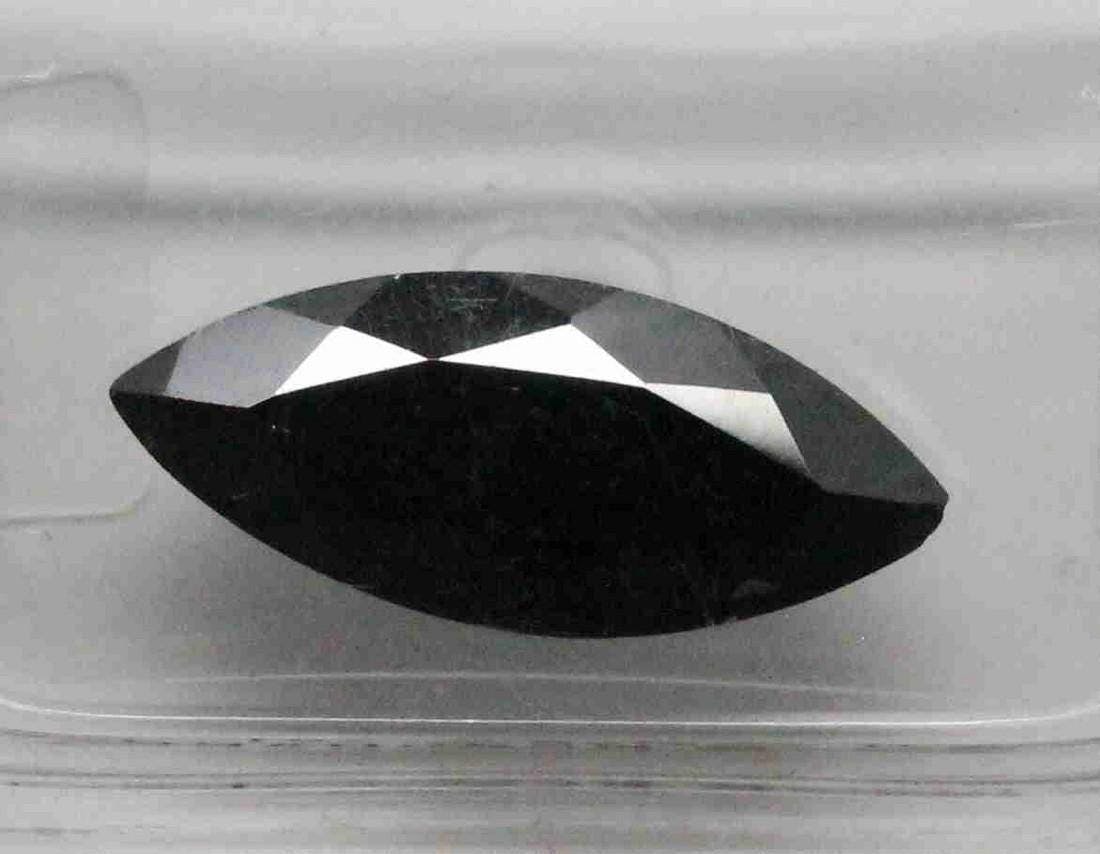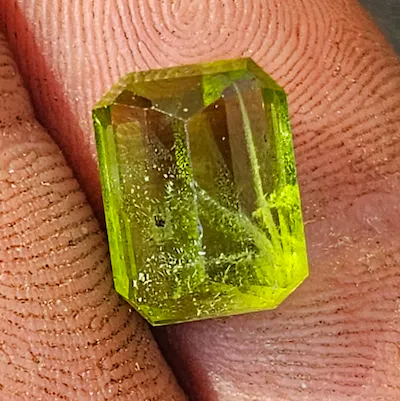News
Diamond Cutting: Tips for Hobbyist Gem Cutters
If you’ve been faceting colored gemstones and are looking to take your hobby to the next level, diamond cutting might be the perfect addition to your repertoire. With the right tools, careful study, and patience, hobbyist gem cutters can learn the art of diamond cutting. In this article, expert cutters share their tips and insights on getting started in diamond cutting. They recommend specific books for beginners, explain the importance of understanding diamond crystallography, and provide advice on the equipment needed for diamond cutting. Whether you’re a seasoned gem cutter or just starting out, this article will provide you with valuable information on pursuing diamond cutting as a hobby.
Diamond Cutting for Hobbyist Gem Cutters: Getting Started
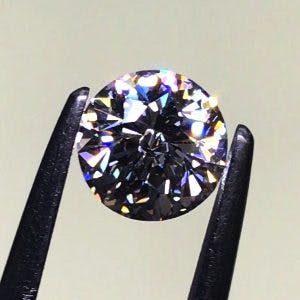
Introduction
If you have been faceting colored gemstones and are looking to expand your skills, diamond cutting can be a rewarding endeavor. While it may seem daunting at first, with the right tools and knowledge, hobbyist gem cutters can successfully learn and practice diamond cutting techniques. In this article, we will explore the importance of study, care, and having the right tools for diamond cutting, as well as recommended books to enhance your understanding of the craft.
Importance of Study, Care, and the Right Tools
Diamond cutting is not an easy task and requires careful study, attention to detail, and the proper tools. It is essential to have a solid foundation of knowledge before embarking on this journey. By understanding the crystallography of diamond rough and the principles of diamond cutting, you will be better prepared to handle the challenges that may arise during the process.
When it comes to care, diamonds are delicate and can be easily damaged if mishandled. It is crucial to handle them with care and follow proper cutting techniques to avoid any potential harm. Additionally, having the right tools is essential for a successful diamond cutting experience. While standard faceting equipment can be used for diamond cutting, it is recommended to invest in a diamond cutting scaife machine for improved efficiency and precision.
Recommended Diamond Cutting Books
To deepen your knowledge and understanding of diamond cutting, there are a few recommended books that you can refer to. “Diamond Cutting” by Basil Watermeyer and “The Techniques of Master Faceting” by Gerald Wykoff are highly regarded resources in the field. Watermeyer’s book focuses exclusively on diamonds, while Wykoff’s book offers valuable insights into faceting diamonds. These books will provide you with essential information on diamond cutting techniques, equipment, and best practices.
Types of Equipment for Diamond Cutting
When it comes to equipment, there are several options available for diamond cutting. While standard faceting machines can be used, a diamond cutting scaife machine is recommended for better results. These machines have a larger diameter and run at higher speeds, allowing for more efficient cutting. It is also important to choose the right laps and polishing compounds to achieve the desired finish on the diamond. Diamond grit in Elmer’s Glue or a similar adhesive can be used to prepare a cast iron lap for diamond cutting.
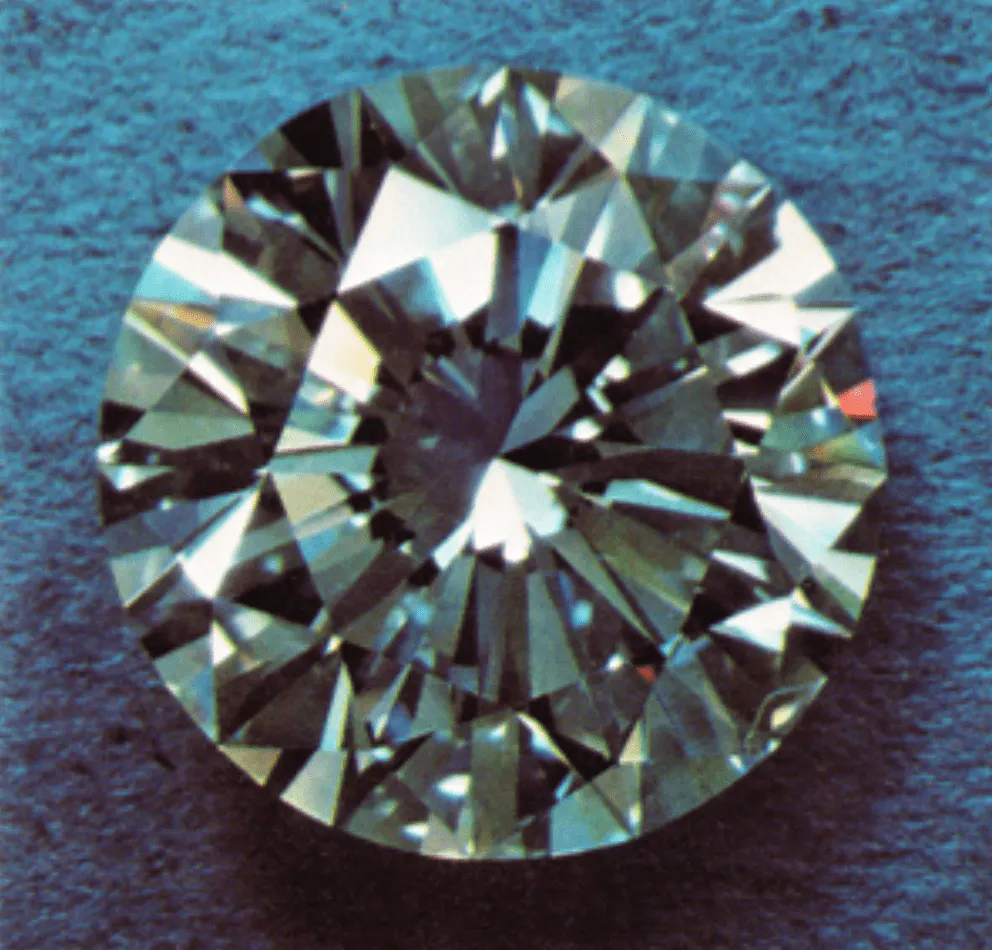
Orienting the Stone Correctly
To achieve optimal results in diamond cutting, it is crucial to orient the stone correctly. Diamonds have varying hardness based on their polishing direction and orientation. By understanding the crystal axes and orienting the facets accordingly, you can ensure that the diamond is cut in the right direction. Recutting damaged diamonds can be a good starting point, as the proper orientation has already been determined. However, for other diamonds, careful study and analysis of the stone will be required to determine the crystal axes and orient the facets accordingly.
Recutting Damaged Diamonds
Recutting damaged diamonds can be a great learning experience for hobbyist gem cutters. By examining the existing cut and understanding the mistakes made, you can gain valuable insight into the intricacies of diamond cutting. This process allows you to practice your skills and improve your technique. It’s important to note that when recutting damaged diamonds, it is crucial to follow the proper orientation to avoid further damage and ensure a successful result.
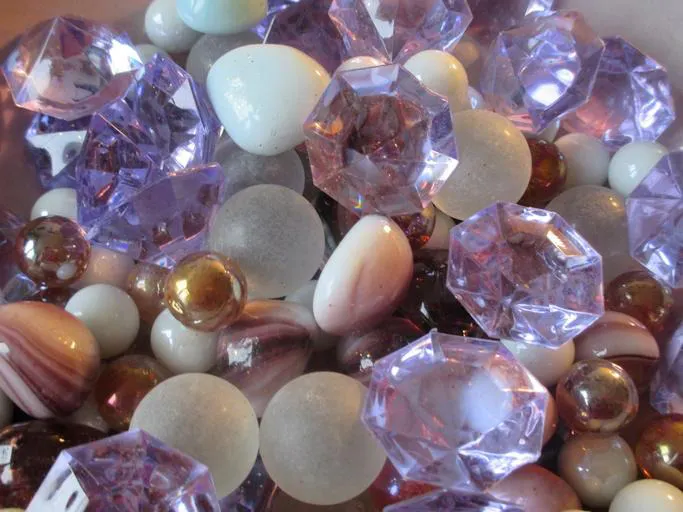
Crystallography of Diamond Rough
One of the essential aspects of diamond cutting is understanding the crystallography of diamond rough. The majority of the training time for diamond cutters is spent studying the crystal and its various forms and structures. Diamonds have an isometric crystal system and an octahedron shape, which is ideal for cutting. However, diamonds can present unexpected challenges due to directional hardness and other factors. By studying the crystallography of diamond rough, you can better anticipate and overcome these challenges.
Sources of Diamond Rough
Obtaining diamond rough for cutting may seem challenging, but there are various sources available for hobbyist gem cutters. Most diamond rough is currently sourced from Africa, Brazil, and even the United States. It is important to explore reputable suppliers and establish relationships within the industry to acquire gem-quality diamond rough. By doing thorough research and networking with other gem cutters, you can find reliable sources to obtain the rough diamonds you need for your cutting projects.
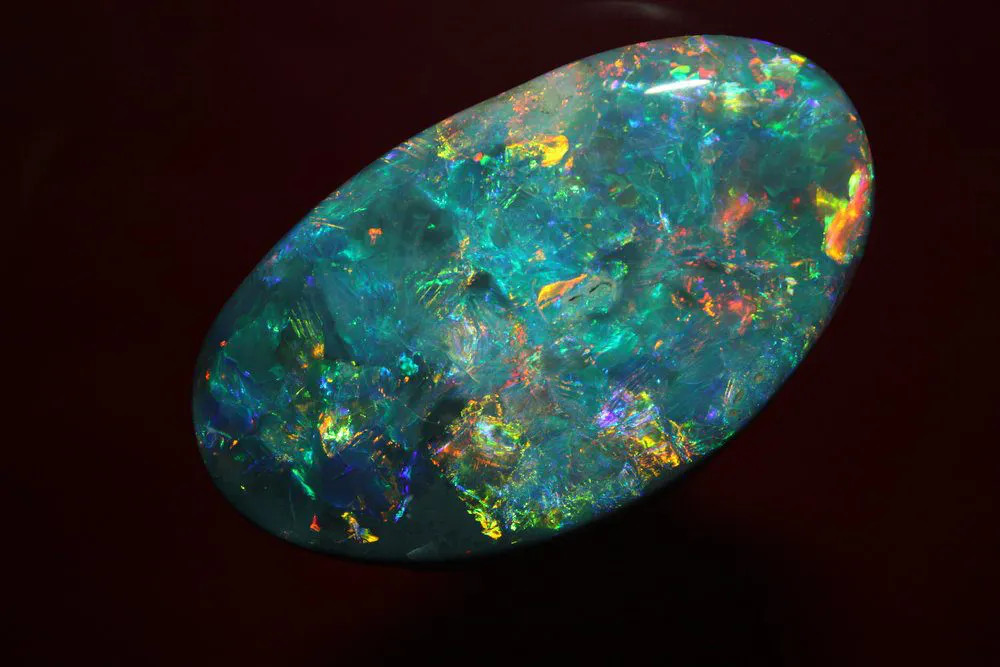
Getting Diamond Rough
To get started with diamond cutting, acquiring diamond rough is the first step. As mentioned earlier, building connections within the industry and networking with other gem cutters can open doors to reliable sources of diamond rough. Joining gem and lapidary communities, attending industry events, and exploring online platforms dedicated to gemstones can provide valuable insights and connections. Additionally, reaching out to established suppliers and dealers can help you access the diamond rough you need. Remember to do your due diligence and verify the authenticity and quality of the rough diamonds before making a purchase.
In conclusion, diamond cutting is a skill that can be learned and practiced by hobbyist gem cutters with the right tools, study, and care. By understanding the crystallography of diamond rough, acquiring the necessary equipment, orienting the stone correctly, and recutting damaged diamonds, you can develop your skills and achieve beautiful results. With dedication and a passion for the craft, diamond cutting can become a fulfilling addition to your gem cutting repertoire.




